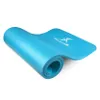Strength training vs cardio: Which is better during menopause?
Should you do more strength training or cardio during menopause? Experts weigh in.
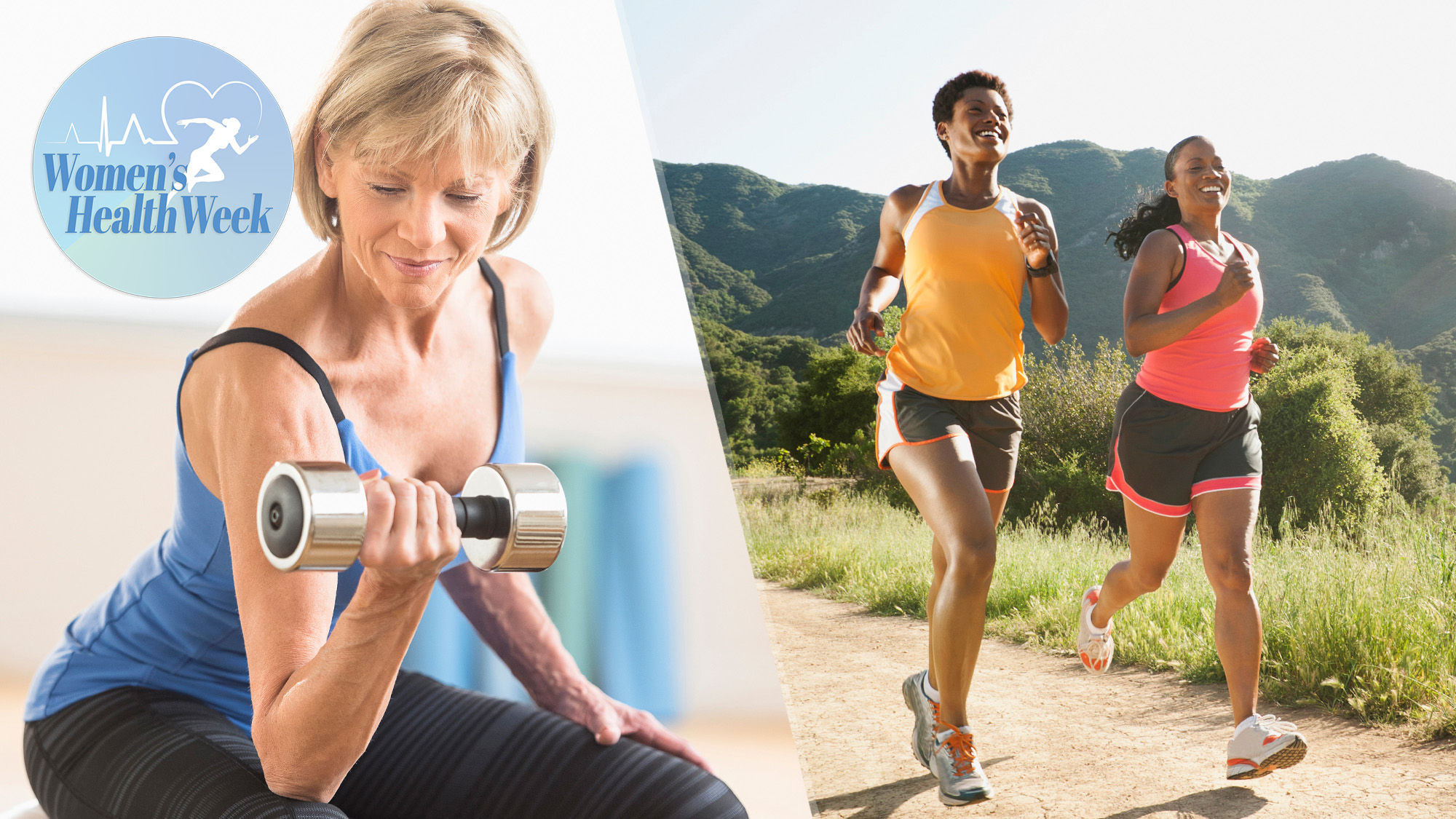
Whether you’re perimenopausal or menopausal, when this huge life shift hits, your exercise habits may also need to change. Perhaps an exercise that felt good no longer does, or your energy levels aren’t the same. Maybe your body isn’t responding as it did before. If that sounds familiar, here’s what the experts recommend.
This article is part of Tom's Guide's Women's Health Week — a series of content that explores how technology and the right workouts can support and empower women through every phase of life.
“As women transition through perimenopause and menopause, the hormonal shifts can significantly affect energy levels, body composition, bone density, cardiovascular health and mental wellbeing,” explains Lauren Chiren, CEO of Women of a Certain Stage.
“Exercise remains one of the most effective ways to support health during this stage, but not all types of movement have the same impact.”
I’ve been speaking with experts in women’s health to see what exercises are best for menopause, and whether you should prioritize strength training, cardio, or both, during this hugely impactful life stage.
Here’s everything you need to know.
What happens during menopause?

Lauren Chiren is a globally recognized menopause and workplace wellbeing expert.
With a background in psychology, executive leadership, personal training and health coaching, Chiren is now a certified menopause coach, executive health coach and mental health first aid instructor.
“With the decline of estrogen and progesterone, two hormones that once played protective roles in bone health, muscle mass, mood regulation, metabolism and cardiovascular function, several changes take place,” Chiren tells us.
“Increased fat accumulation, particularly around the abdomen, is common. Women may experience a loss of lean muscle mass, reduced bone density, joint stiffness and fluctuating energy levels.
Get instant access to breaking news, the hottest reviews, great deals and helpful tips.
Hot flushes, sleep disruptions and an increased risk of heart disease can also add to the challenges. Mood swings, anxiety and brain fog are also frequent concerns,” she adds.
What a joy.
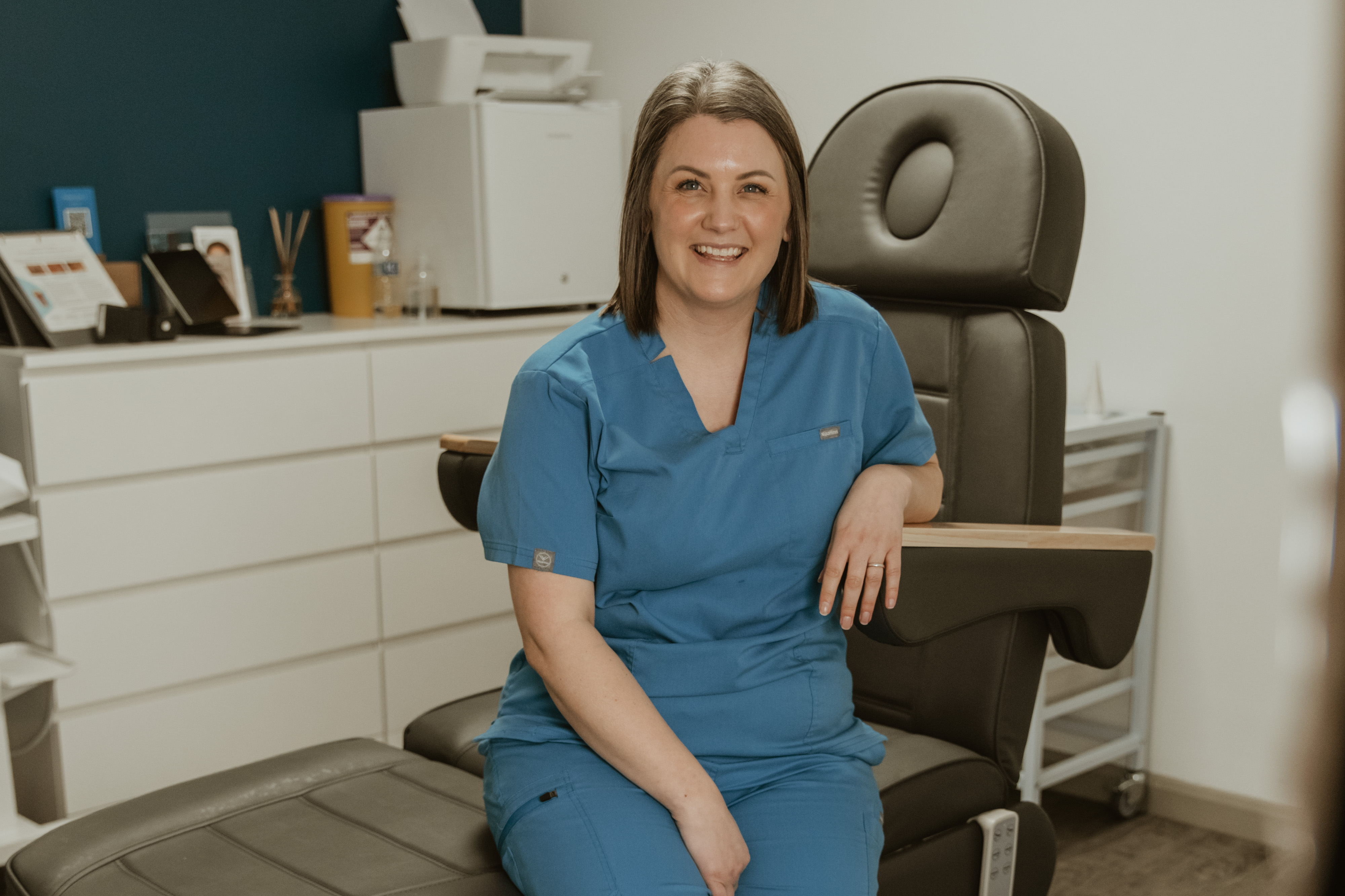
Gemma Hornsby-Lofthouse is an advanced nurse practitioner with over 20 years of nursing experience.
As the owner of Essence Wellness, she integrates traditional medical practices with innovative wellness treatments.
Her expertise lies in holistic health, blending modern medicine with alternative approaches to enhance overall well-being.
Your body may also begin responding differently to physical stress, which can mean more downtime and recovery. If you enjoy high-intensity exercise, this could be the time to tailor it to help prevent injury or overexertion.
But Chiren adds that staying active is “crucial to maintain muscle, protect bones and support the heart and brain.”
Gemma Hornsby-Lofthouse, advanced nurse practitioner and founder of Essence Wellness, explains that a lot is happening around your hormones, so it’s no wonder exercise can feel different.
“What’s happening hormonally during menopause changes how the body responds to exercise. As you produce less estrogen and progesterone, the adrenal glands try to pick up the slack,” she explains.
“But they’re also responsible for producing stress hormones like cortisol. So the more pressure the body’s under, the more inflammation builds up. Estrogen isn’t just about reproduction…so when it drops, you’re likely to notice changes in energy, mood, weight (particularly around the middle) and joint or bone health.”
Exercise is still strongly recommended during menopause, so what exercises should you prioritize?
Strength vs cardio: Benefits of cardio exercise during menopause

Chiren says cardiovascular exercise such as walking, cycling, swimming, or aerobics is “essential” during this stage.
“As estrogen’s protective effect on the vascular system fades, cardiovascular movement helps to lower blood pressure, improve cholesterol levels and enhance circulation.
It’s also vital for weight management, especially since metabolism naturally slows down during and after menopause,” she explains.
If you’re trying to avoid stubborn weight gain, focusing on your overall daily movement levels is the best way to stay active — think walking the dog or with friends, gardening or yard work or even taking a work call hands-free and standing up.
Energy burn aside from your usual workouts feeds into a process called NEAT — Non-Exercise Activity Thermogenesis — and can help you burn more calories.
“Aerobic exercises are known to help alleviate anxiety, lift mood and improve sleep quality, which are often disrupted at this stage,” adds Chiren. “Additionally, cardio helps regulate blood sugar, which becomes increasingly important as hormonal shifts affect glucose metabolism.”
Examples of cardio include a brisk 30-minute walk (read: here's what 30 minutes of powerwalking can do to your body) or cycling to and from daily appointments.
Cardio activities, whether light, moderate, or vigorous, help reduce the risk of chronic health conditions like heart disease while boosting mood. That said, overdoing it could backfire, according to Chiren.
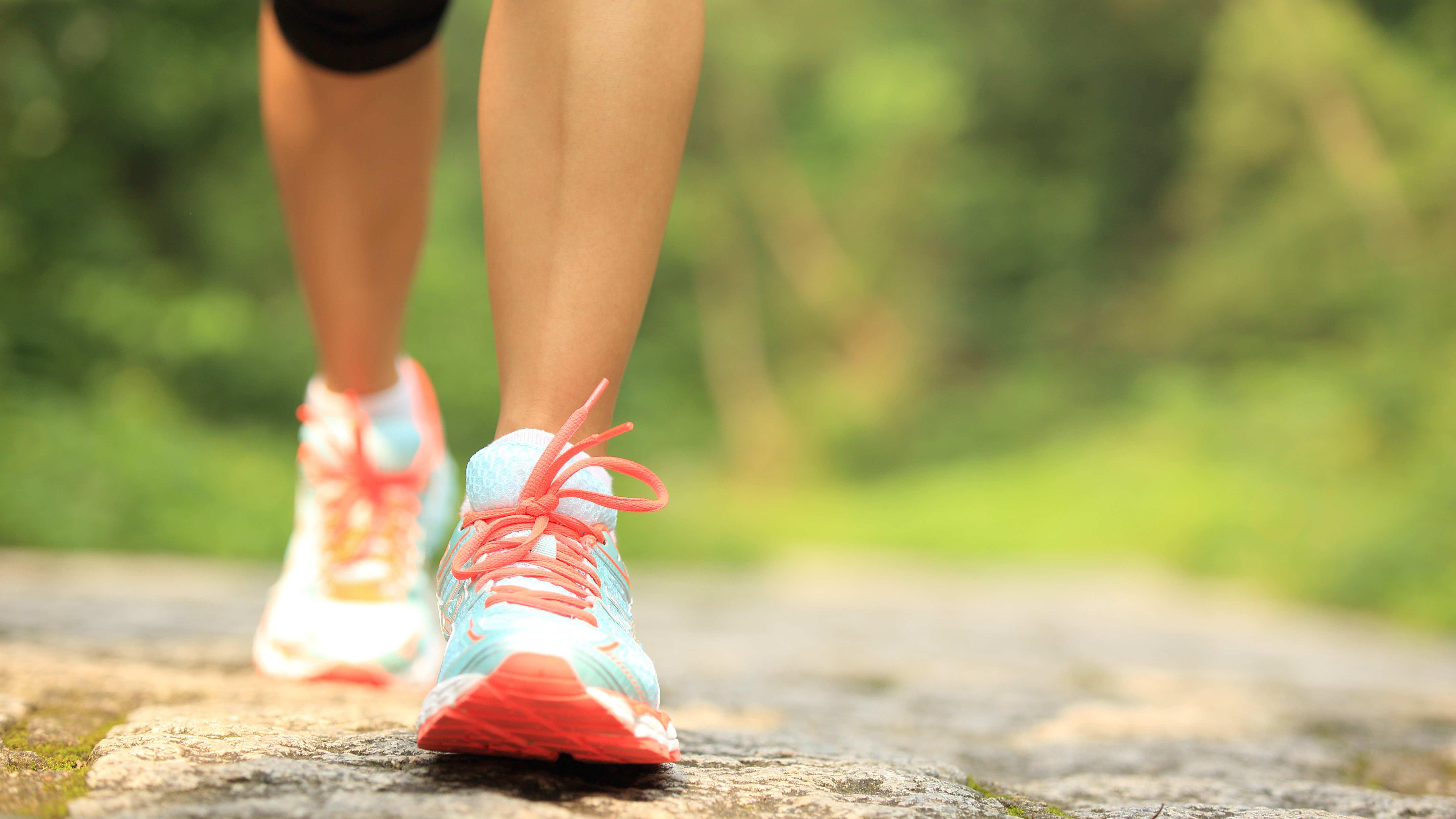
“Long-duration cardio, such as daily long-distance running, can raise cortisol levels, which may contribute to belly fat retention and burnout,” she warns us.
We're not saying going for a long run will make you pile on fat! Steady-state cardio can help boost your metabolism and burn calories, contributing toward overall activity levels. It's just not for everyone. Those who focus solely on exercises like running may also find they're not building or retaining enough muscle mass.
If you already have plenty of long-duration cardio under your belt, you might find it easier to stick with. The key is to listen to your body and what it tells you.
On the flipside, focusing solely on activities that don’t involve any impact might neglect muscle and bone support. “Sticking to the same cardio routine can lead to diminishing returns, as it often overlooks balance, coordination and muscle-building needs,” Chiren adds.
She recommends mixing it up with interval training, incline walking, or cross-training to help keep things varied and well-balanced.
“Low-impact cardio like walking or swimming supports cardiovascular health without putting too much pressure on the joints,” agrees Hornsby-Lofthouse. “Yoga, Pilates and mobility work help with balance, strength and flexibility, which all support everyday movement.”
Strength vs cardio: Benefits of strength exercise during menopause
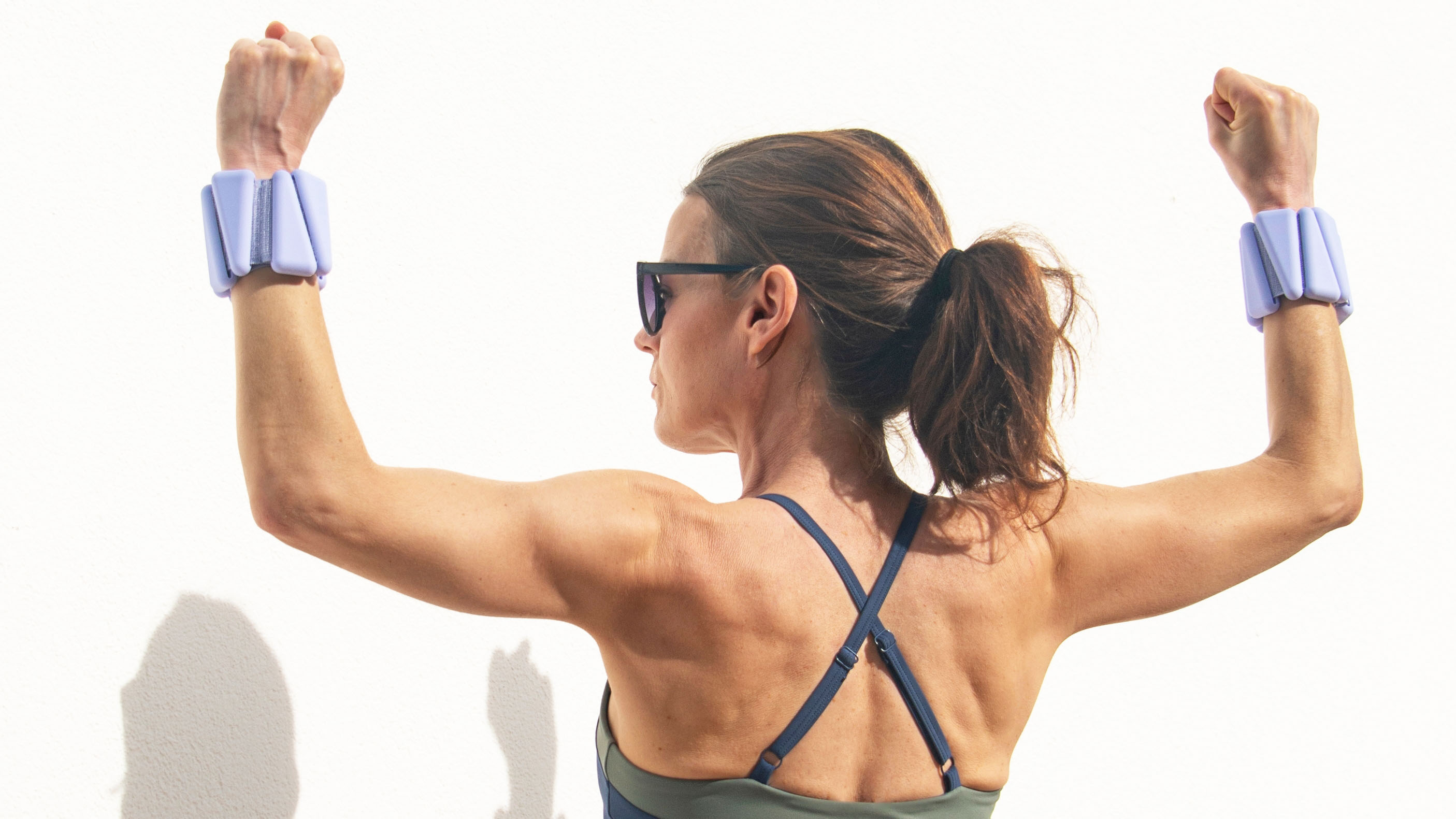
If you’re not a cardio bunny, you can reap the rewards of regular resistance training and the experts argue this should be a key focus.
As estrogen levels decline, strength training becomes essential with age. The natural loss of muscle mass and bone density accelerates, meaning it's strongly advised to add resistance training to your routine to prevent muscle atrophy and developing conditions such as osteoporosis.
Yes, high-impact movement (think HIIT classes) can be tough on joints. But resistance training strengthens bones, joints, muscles and ligaments, protecting you from injury while building resilience, lean muscle mass and joint stability. You can also improve balance and coordination, along with bulletproofing your body.
This isn’t menopause-specific advice — everyone and anyone (particularly over 30) can benefit from lifting weights regularly, especially as the body begins to lose bone density, muscle mass and collagen as we age.
Again, although not menopause-specific, during menopause, the metabolic rate drops. In other words, you might notice weight gain, particularly the addition of stubborn belly fat.
Because strength training preserves and builds lean muscle mass, which is more metabolically active than fat, you can help control age-related weight gain by lifting weights.
“Strength training improves balance, posture and functional movement, which can reduce the risk of falls,” adds Chiren. “It also has a positive effect on mood and cognition, helping to maintain confidence and mental sharpness.”
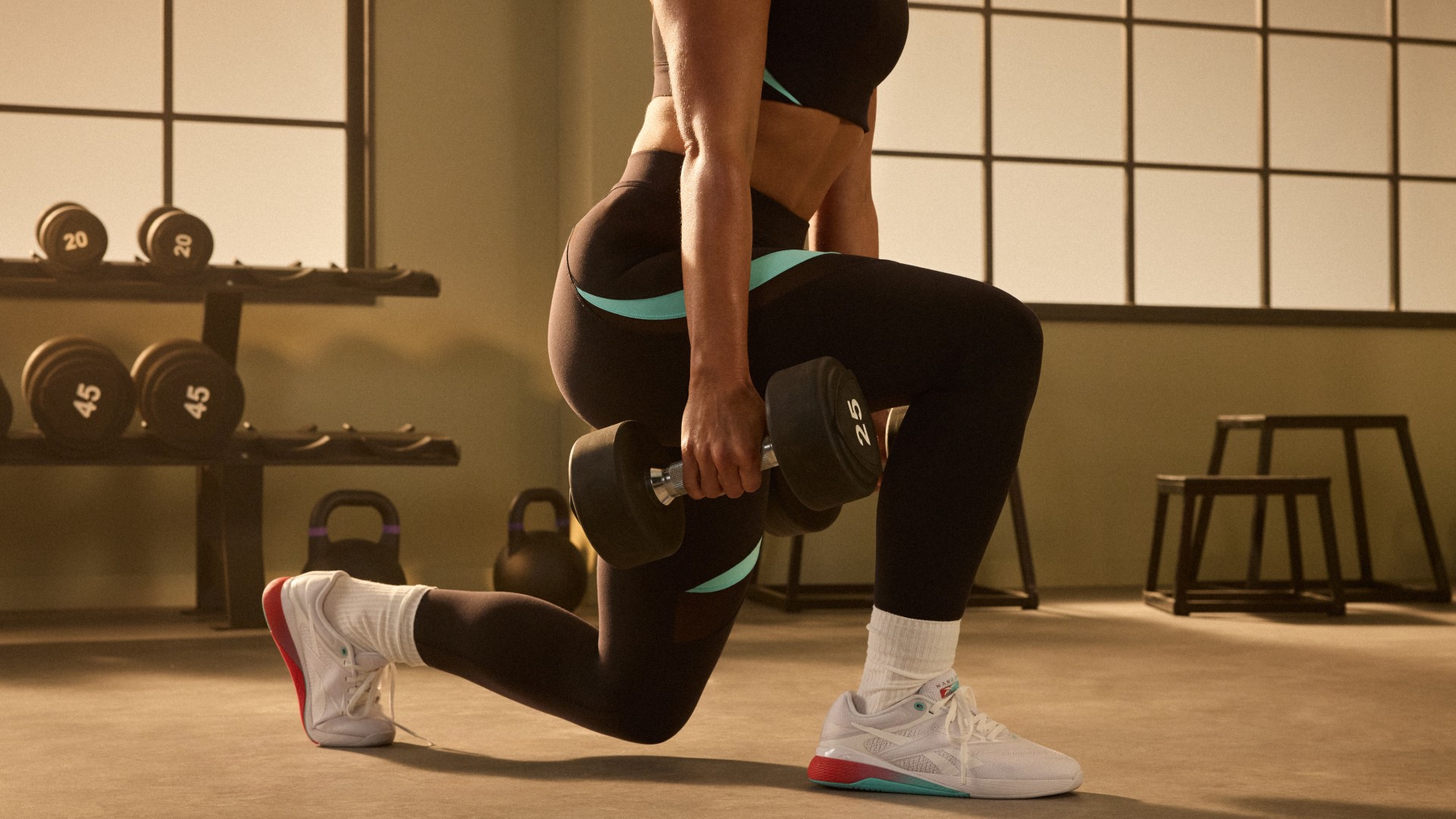
Two to three strength training sessions per week using weights, resistance bands, or bodyweight exercises can “lead to significant improvements in midlife health,” Chiren tells us.
If you’re new to strength training, it’s important to seek the advice of a personal trainer first. Poor technique could lead to injury or mobility issues further down the line, overloading the joints, or creating dysfunctional movement mechanics.
“Menopausal bodies may also need more time to recover between sessions due to slower healing, so it’s important to prioritise rest and recovery,” warns Chiren.
“There is a common misconception that lifting weights will lead to bulking up, but this is a myth. Strength training helps tone muscles, not bulk them, and is vital for maintaining overall health.”
Why women begin losing bone density during menopause
We recruited the help of Michelle Swer, consultant gynaecologist at London Gynaecology, for some advice on bone density during menopause.

Michelle Swer is a consultant gynaecologist at London Gynaecology.
“Bone is living tissue that is constantly being broken down and replaced,” Swer explains. “In the early years, the body makes new bone faster than it breaks down old bone and bone mass increases. Most women reach their peak bone mass by age 30-40.”
The bone remodelling process is affected by hormones, including estrogen. “Estrogen plays an important role in promoting the activity of the cells that are responsible for making bone,” she says.
“At menopause, estrogen levels reduce, which affects the normal bone turnover cycle, leading to more bone being broken down. This is especially increased in the first few years of the menopause with an average reduction in bone density of around 10%.”
What can women do to decrease their risk of osteoporosis before, during and after menopause?
Swer recommends taking steps like reducing alcohol intake, quitting smoking, prioritizing a healthy and balanced diet and exercise. Sleep hygiene is also important as it will support energy levels and recovery.
Swer believes weight-bearing movement like stair climbing, jumping rope and “impact-producing sports” are great activities for keeping bones strong and “working the muscles and bones against gravity.” Balance exercises could also help reduce the risk of falls.
However, if you’re concerned about bone density, always speak with a qualified medical professional as a precaution and to diagnose any potential health conditions.
Should you sync your cycle to your workouts?
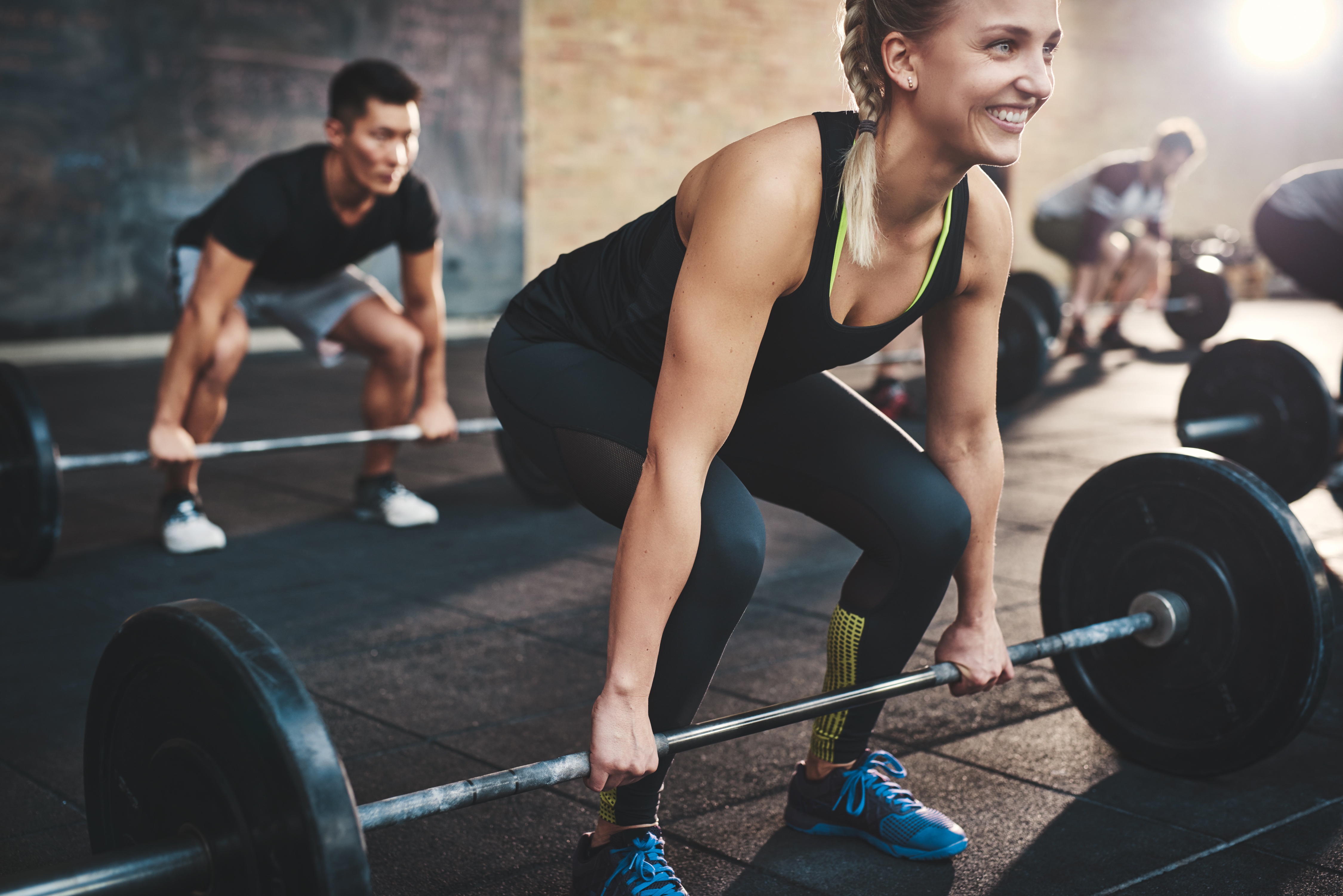
Cycle syncing is a fantastic way to optimize your hormones and monthly menstrual cycle for your exercise regimen.
If you haven’t transitioned fully through menopause yet but your cycle is irregular, hormonal fluctuations may still be present — think energy dips, longer recovery times, fatigue, or reduced strength and endurance.
During early menopause, you might start feeling bloated or just “off” (cranky or tired, for example) and a shift to your workout schedule could help. I recommend learning about cycle syncing and the benefits here.
Bottom line
There’s a whole world of change going on during perimenopause and menopause, so try not to overcomplicate things or take on too many new routines at once. In the fitness industry, I call implementing habit change “soft launching.” If you want something to feel sustainable, it shouldn’t feel overwhelming.
For example, if I’m working to build muscle with a client, I might keep the workout program the same for a month and focus solely on technique and increasing load before I change anything else. With diet, it might be adjusting your breakfasts to increase your protein intake. Soft launch small daily habits and see how they feel.
If you want something to feel sustainable, it shouldn’t feel overwhelming.
Diet and exercise go hand in hand and support hormone balance, so I recommend — at any age — learning more about macronutrients (protein, fats and carbs) and what each one does for your body, including fuel and recovery. Incorporating plenty of fiber-rich foods can also improve blood sugar and digestion.
Learning to move your body is great for mental stamina and improves mood, confidence and focus. Plus, nothing matches the feeling of noticing your body getting fitter and stronger.
Menopause is undoubtedly a challenging time, but it doesn’t have to be all gloom. It can be a time to shift focus, create positive change and learn new skills — brilliant for mood and brain function.
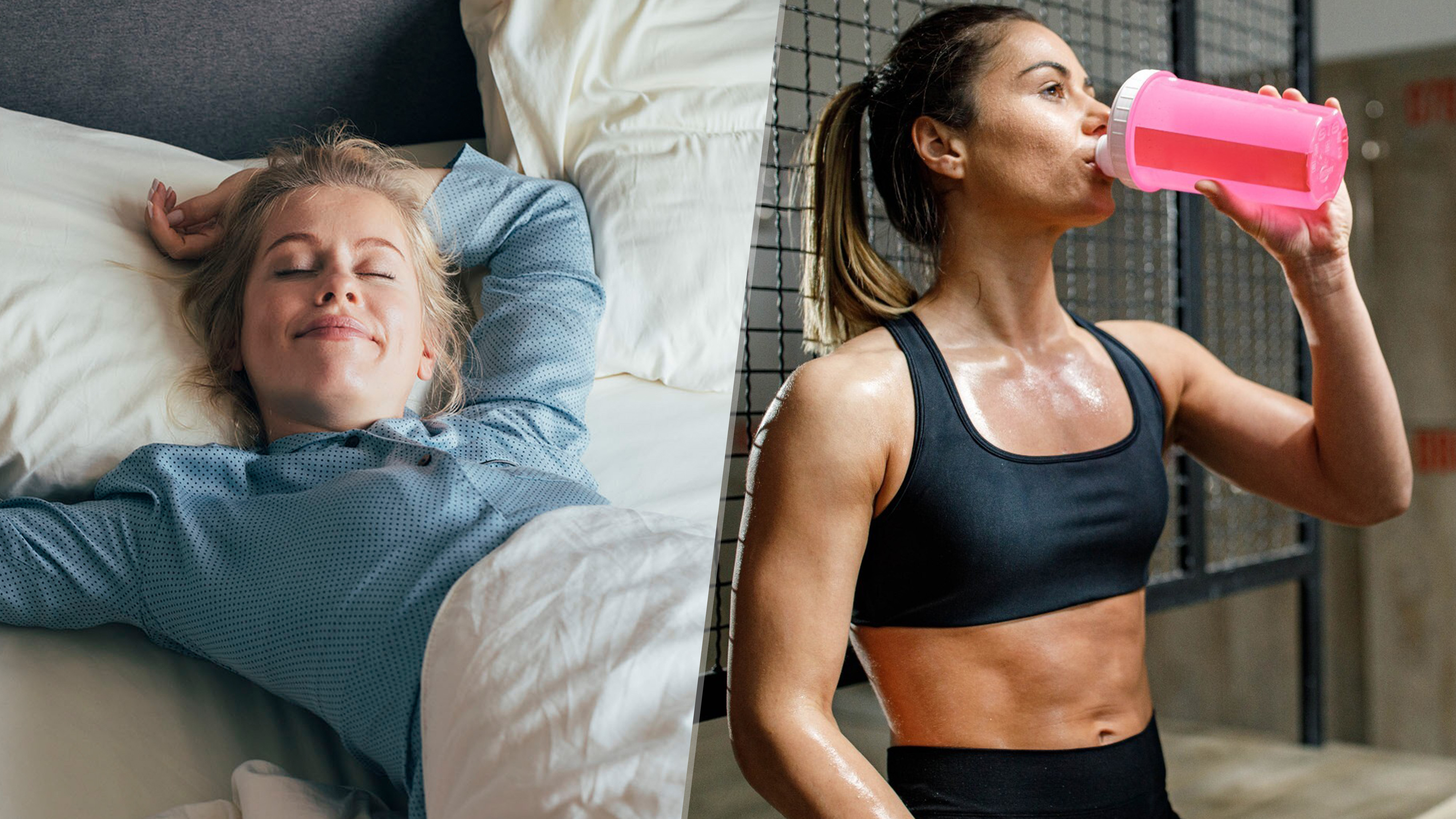
Just remember to focus on your form, avoid rushing and build your routine slowly, adapting when you need to. Although we don’t offer supplementation advice at Tom’s Guide, magnesium is known to support muscle recovery, and collagen is great for supporting bone and joint health.
We recommend speaking with a qualified dietitian if you plan to use supplements.
“For the best results, a balanced exercise routine that combines cardio and strength training is key,” advises Chiren. “The specific approach should be tailored to each individual’s symptoms, fitness level and lifestyle.”
Aim for two to three strength sessions per week, adding a pinch of cardio and daily gentle movement like walking, stretching, yoga, or Pilates. “It’s also important to take at least one full rest day each week and focus on quality sleep,” Chiren adds.
If you're totally unsure how to get started, I recommend consulting a personal trainer to develop a fitness plan tailored to you. Track your progress and how your body responds and feels throughout the month.
“Embracing exercise during menopause isn’t about fighting the aging process; it’s about navigating the changes with strength, knowledge and confidence,” Chiren concludes.
“Whether walking around the block or lifting weights, the most important things are consistency, variety and enjoying the process. Midlife is just the beginning!”
More from Tom's Guide
- How your period can affect your exercise performance, according to a doctor
- 6 essential exercises for building full-body strength
- I’ve been teaching weightlifting for years — 3 ways to build strength and muscle using light weights

Sam Hopes is a level 3 qualified trainer, a level 2 Reiki practitioner and fitness editor at Tom's Guide. She is also currently undertaking her Yoga For Athletes training course.
Sam has written for various fitness brands and websites over the years and has experience across brands at Future, such as Live Science, Fit&Well, Coach, and T3.
Having coached at fitness studios like F45 and Virgin Active and personal trained, Sam now primarily teaches outdoor bootcamps, bodyweight, calisthenics and kettlebells.
She also coaches mobility and flexibility classes several times a week and believes that true strength comes from a holistic approach to training your body.
Sam has completed two mixed doubles Hyrox competitions in London and the Netherlands and finished her first doubles attempt in 1:11.
You must confirm your public display name before commenting
Please logout and then login again, you will then be prompted to enter your display name.


